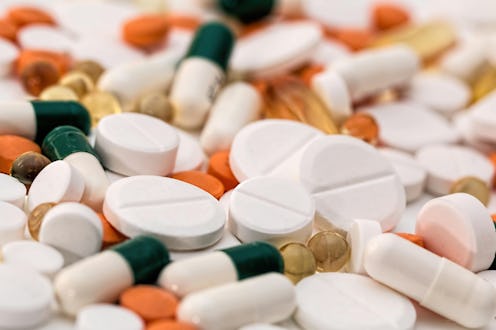Life
The Opioid Crisis: A Silent Killer Lurking
Social media platforms are inadvertently fueling the opioid crisis, prompting urgent calls for intervention and education.

The opioid epidemic has found a new launching point: social media.
As deaths from overdoses significantly increased to more than 100,000 in 2021, experts caution that a new, concerning issue impacting youth has arisen.
Imagine scrolling through your favorite social media page and coming across offers for prescription drugs. However, these substances may not be such drugs but fakes containing potentially harmful or even fatal ingredients.
A recent article in Rolling Stone revealed that between 2019 and 2021, deaths from fake pills tripled. As an increased number of drugs are now purchased online, authorities have shifted their countermeasures into overdrive.
The United States federal government-managed Drug Enforcement Agency (DEA) went so far as to create a campaign titled “One Pill Can Kill,” explaining the dangers of purchasing and using drugs purchased over the internet.
Dr. Louise Stanger, a noted interventionist, stresses the need for compassion. “Only through meeting individuals where they are at with empathy and care can we build pathways out of active addiction,” she said.
The fight against opioid addiction continues with successes here and there. However, the battle rages on in an attempt to make significant headway.
Social Media and the Opioid Crisis
Social media platforms have, unfortunately, provided new avenues for illicit drug sales. Criminals can reach broad audiences of youths using anonymity and apps allowing for disappearing content.
According to the Department of Justice (DOJ), many opioids are available to purchase online via various social media outlets as well as on the “dark web.” Once ordered, the preparations are sent through commercial shipping services.
While social media companies are subjected to legal safeguards, advocacy groups call on said entities to adopt more proactive policies, offer greater user protections, and create a deeper and more cooperative relationship with the law enforcement community.
Prevention Through Education
Preventing first-time and recreational opioid use proves crucial. Research shows that educational campaigns focused on the risks posed by such drug ingestion beginning in middle school and continuing through high school, proper oversight, responsible pharmaceutical marketing, and offering greater access to alternative pain management options might decrease the onset of new cases of dependency.
Public health professionals additionally stress that honest, evidence-based efforts and teaching healthy alternatives to coping with experiences like anxiety and pain strengthen both individuals and the community as a whole.
“With compassion and wisdom, we can guide our youth to make informed choices that set them up for health and success,” Stanger said. “Equipping kids with resilience protects them now and in the future.”
Early Intervention
Those already facing addiction must be met with empathy and concern. While sharing your feelings and worries is okay, making judgments should be avoided at all costs. You must demonstrate a willingness to provide support.
“Intervening early and motivationally is so important because more entrenched addiction develops,” Stanger said. “There is always reason to hope when people’s humanity is recognized.”
Treatment and Recovery
Fortunately, treatment options exist for those dealing with addiction issues. The specific form of therapy offered depends on numerous factors, such as the patient’s age, general health, the dependency’s severity, mental state, and access to quality insurance. Choosing the most appropriate method should be made in consultation with the individual’s family and doctors.
BDG Media newsroom and editorial staff were not involved in the creation of this content.